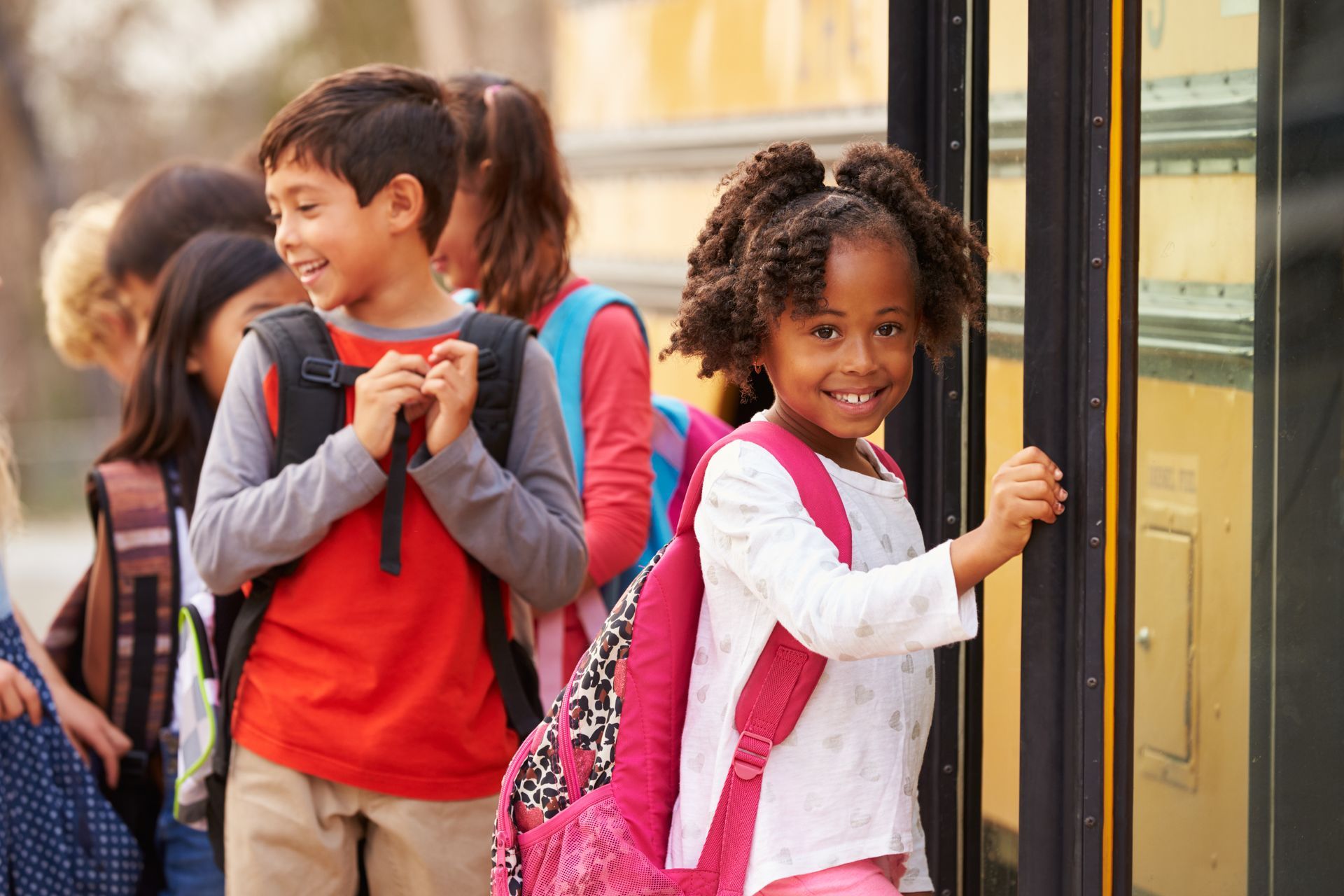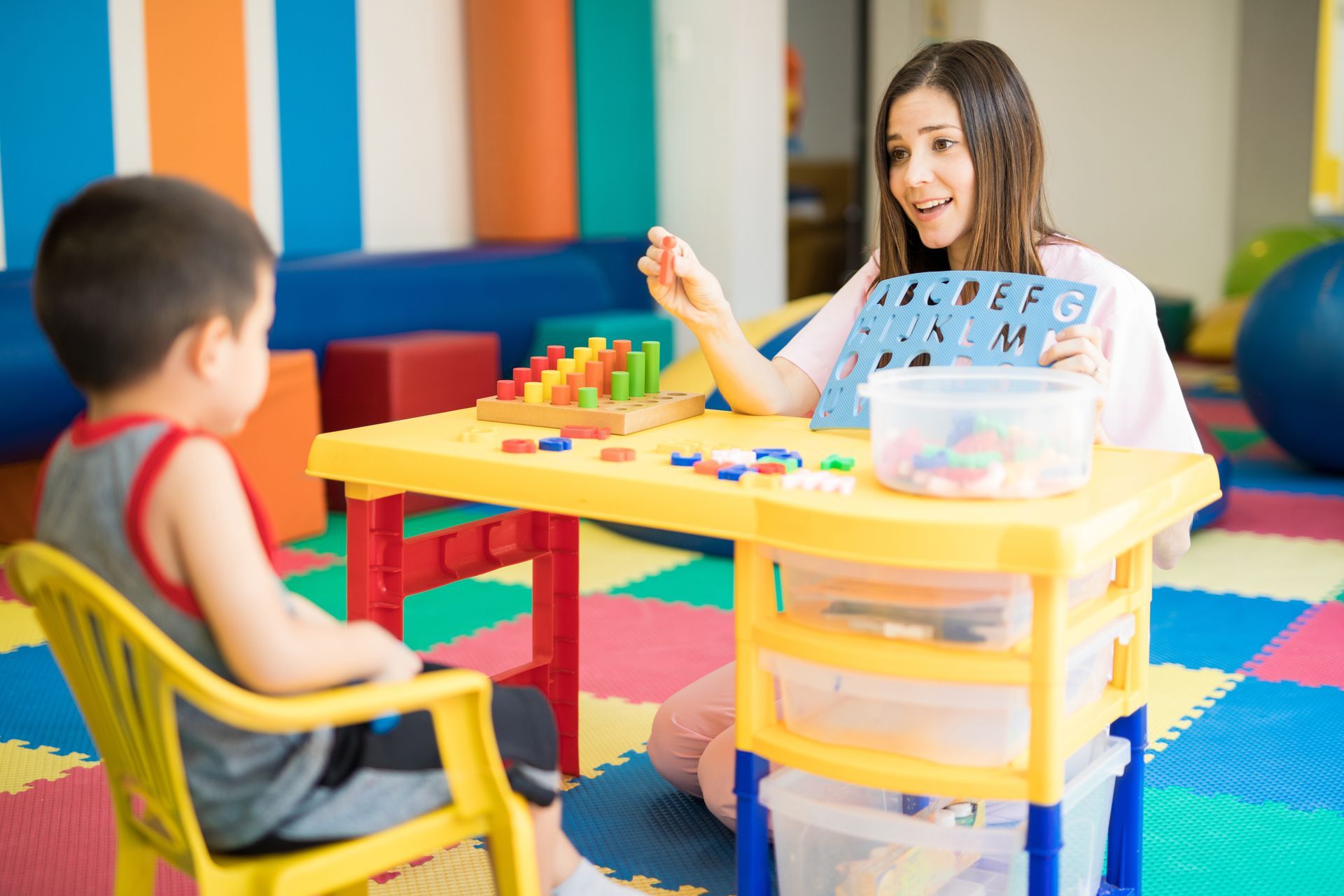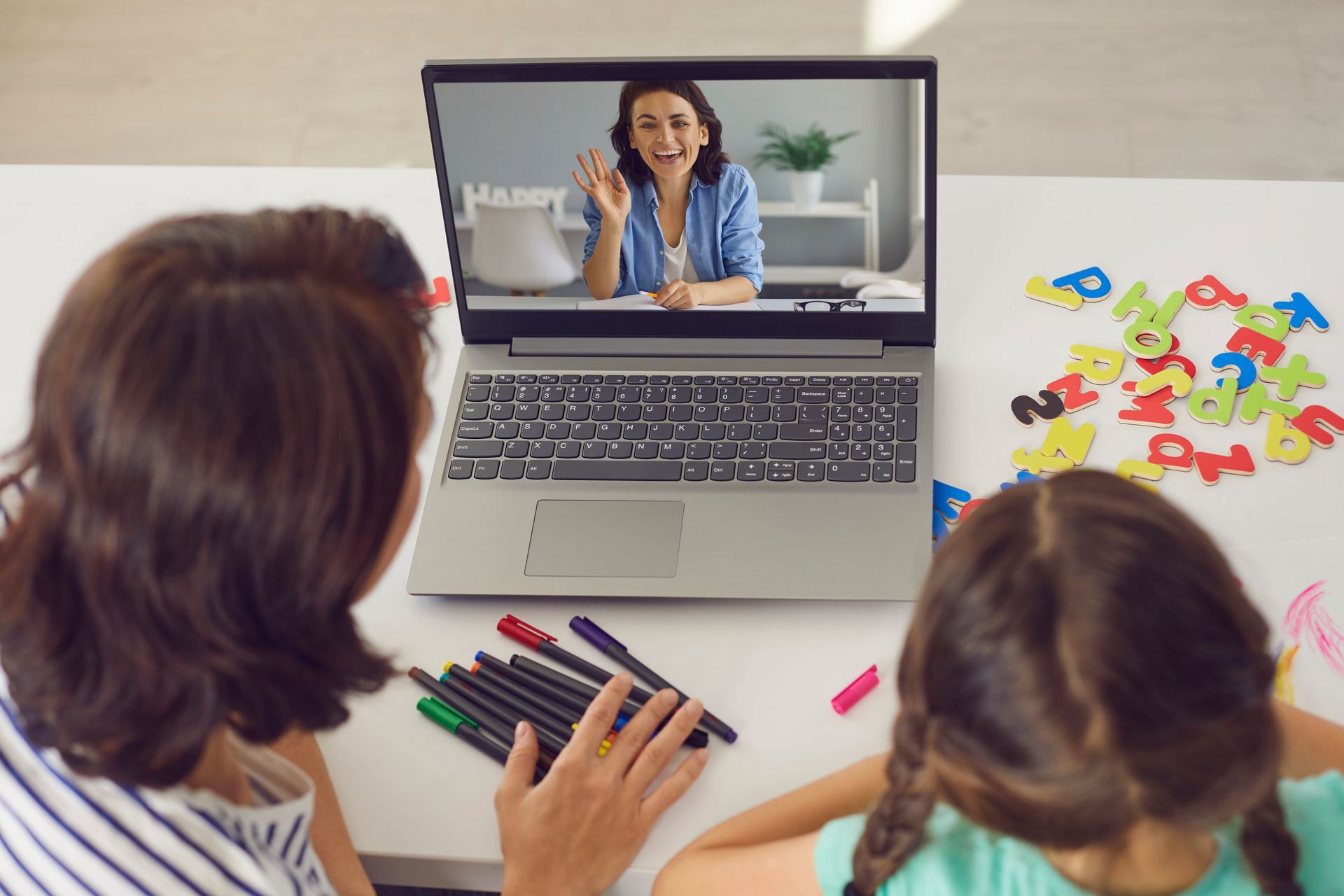Preparing for the Back-to-School Transition: Tips for Parents
Looking for an easier start to the school year? Here are some tips to help you get prepared!
As the end of the summer approaches, it’s time to start thinking of how to prepare for a transition back to school. The weeks before the start of school can be filled with mixed emotions. Your child may be excited about being in new classes, reconnecting with friends and getting involved in school activities. But, at the same time, your child may also be feeling worried about meeting new teachers and classmates, academic expectations and fitting in socially. Transitioning from a slower summer pace to more structured routines can be challenging. Whether your child is starting school for the first time or heading into another grade, there are some things you can do to help prepare your child for a smoother, more confident transition to the new school year.
1. Start the School Routine Early
A week or two before school starts, shift bedtimes and wake-up times to match the school schedule. This helps kids adjust gradually, so they are more prepared for the expected wake up time on the first day of school. Earlier bedtimes will help their body clock adjust to a school day schedule and assist in not feeling overtired.
2. Reconnect with Learning
Do some fun, low-pressure activities together to ease kids back into “learning mode”.
- Choose something of interest to read and learn about together.
- Play math games using cards and dice.
- Learn the rules of a new game and play together.
- Do something creative together…a craft, drawing or painting, musical activity, puzzle, scavenger hunt etc.
Activities like these will spark curiosity and refresh cooperative and academic skills before classes begin.
Looking for more ideas? Check out our sister company, GlenOak Academy and their resources here.
3. Get Organized Together
Involve your child in back-to-school preparations:
- Get input from your child and engage their participation in choosing their school supplies.
- Label items together.
- Set up a designated “homework area” at home.
- Practice making school lunches together.
Involving your child helps build a sense of ownership and builds excitement towards the start of a new school year.
4. Visit the School Ahead of Time
If possible, walk or drive by the school, tour the building, or meet the teacher. Familiarity reduces first-day anxiety, especially for younger children, those starting at a new school or those who have more specific transition needs.
- Visit the school a few weeks before when it is still closed and walk around the outside or play in the playground. This will give a child who may have some anxiousness about social situations low pressure time where there is no one else around to explore where the entries and exits to the school are, and where the boundaries are for the yard. Visit multiple times to build comfort level and practice some games or activities that your child can do on their own.
- Ensure that your child knows the route to school if walking, or, the bus stop and times if taking the bus. If you have not received transportation information, contact the school or the Board transportation system the week prior to school starting.
- If your child has specific transition needs, contact the school the week before school starts and ask for a tour and to meet the teacher if possible.
5. Talk About Feelings
Ask your child how they are feeling. Kids may be excited, nervous, or both! Let them share how they feel and validate their emotions. Let your child know that it is normal to feel a little nervous before something new and talk about some strategies that they can use or things you can do together to help them manage any feelings of worry.
6. Create a Positive First-Day Ritual
Start a tradition—like a special breakfast, a photo at the door, or a note in their lunchbox. These small touches can turn nervousness into anticipation.
7. Keep the First Weeks Calm
Avoid overscheduling extracurriculars during the first couple of weeks. Give your child time to adapt to the new routine before adding extra activities.
Final Thought
You know your child best. Choose some tips that make sense for your child and that are manageable for you. The back-to-school transition is a big change for kids, but with preparation, understanding, and encouragement, you can make it a positive, exciting time. Your calm confidence will help your child feel ready to take on the year ahead!
Click here for your one page printable parent checklist!
Questions? Reach out to us any time!
Contact us at (905) 916-2922 or email admin@goodelearning.ca










